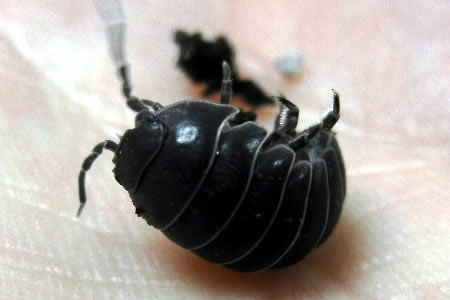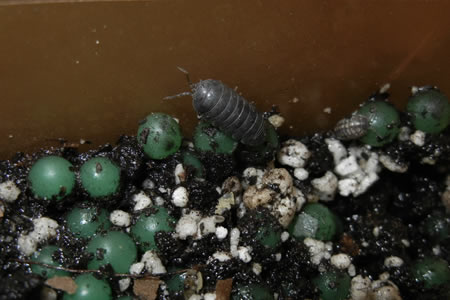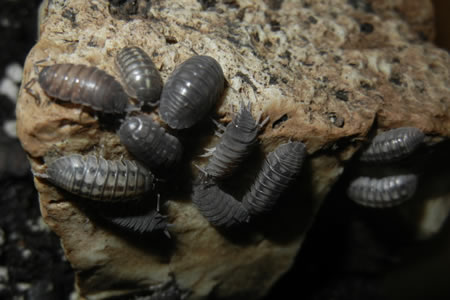A staple lab for AP Biology is one that uses tiny crustaceans to run experiments on animal behavior. Isopods are the little grey arthropods (technically, they aren’t considered insects) that can be found by flipping over rocks in the garden. When startled, they roll into a ball and have the common name rolly-polly or pillbugs.

Isopods are terrestrial crustaceans that have a flattened body with seven pairs of legs. They are found in a wide variety of habitats, including soil, under rocks, and in decaying wood.
Isopods are decomposers, and they play an important role in the ecosystem by breaking down organic matter. They are also a food source for many animals, including birds, reptiles, and mammals.
You can find pillbugs under rocks or logs. Sometimes, if weather permits, we go on a mini-field trip and search for pillbugs around the school. I also ask students to bring their own by searching in their yards. They can place pillbugs in any plastic contain with a little bit of soil for transport.
Keeping Pillbugs in the Classroom
You can even keep a supply of these crustaceans in a plastic shoebox. Put small openings in the top for air circulation. Fill the bottom with soil and then one corner fill with Water Beads. Give them a place to crawl under, like a rock.
The problem with keeping isopods is that they require a high level of humidity to get oxygen. They actually don’t have lungs! Their respiratory structures resemble gills. You will need to spray your container to keep them moist. Re-hydrate the water beads weekly and make sure no mold grows on the soil and you should have a healthy culture in no time

Female isopods carry young in a brood pouch on their abdomen. You won’t see babies or larval forms, but you will eventually see small versions of adults. I feed them gold fish flakes, usually places on the opposite side from the water beads. .
Inquiry Lab
The lab I use in AP Biology asks students to set up a choice chamber and record data on types on environments preferred by the isopods. Students can design their own experiments, test wet versus dry, light versus dark, and access to food sources.
The Isopod Lab Guide is available for print, and you are welcome to modify the procedure. Overall, the lab is a fun activity to do at the end of the year.


